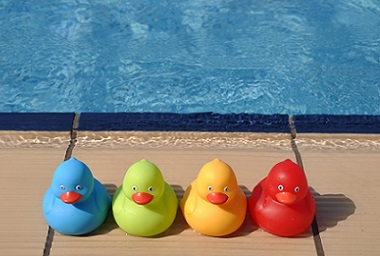Your sleep position and your mattress provide support for the body while asleep. Sleep can be disturbed by any number of things – things we do during the day, things we do before retiring for the night, and things we do while we sleep. Sleeping position can sometimes aggravate our normal aches and pains and rouse us.
A number of functions can be affected by sleep position: stability of the spine, blood flow to the brain, hormone production, oxygen supply, efficient breathing, muscular function and healing, joint and ligament integrity, digestion, cellular metabolism, blood pressure and heart function. During the night, when there is no pressure on the spine, water is drawn into the discs to heal wear and tear.









